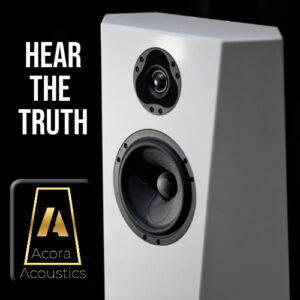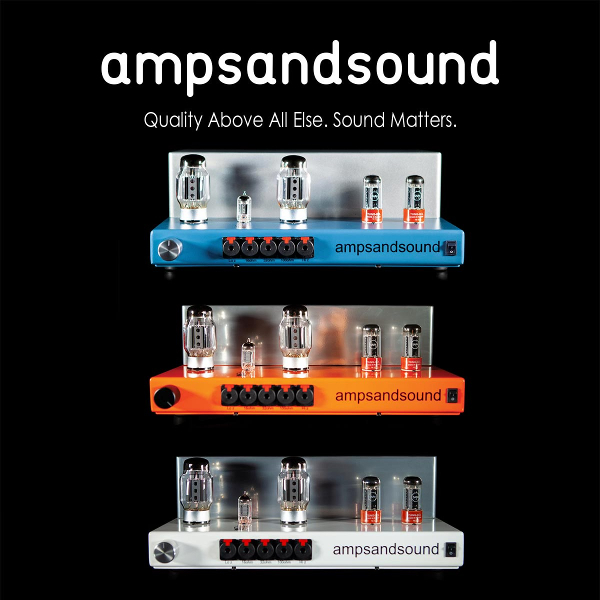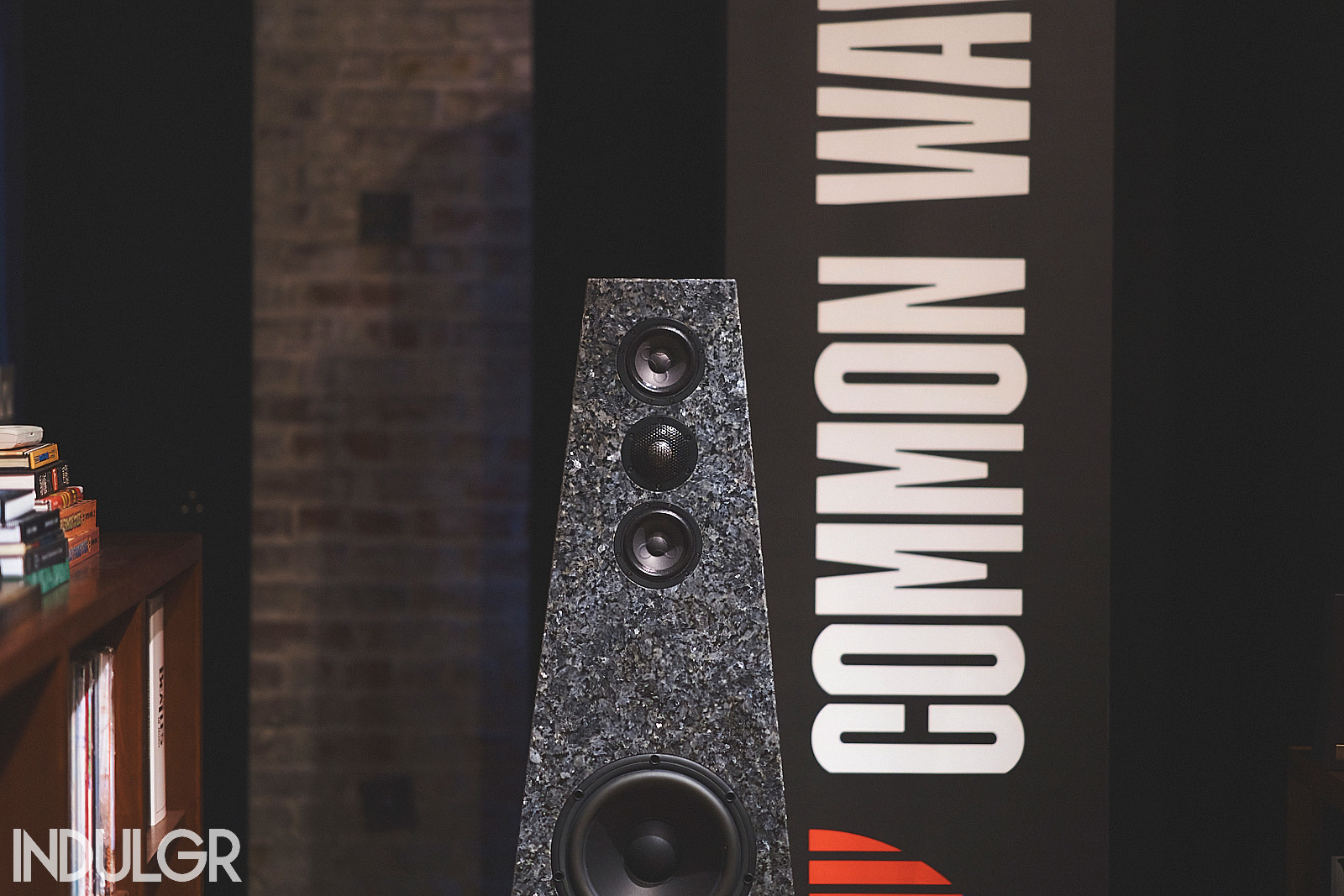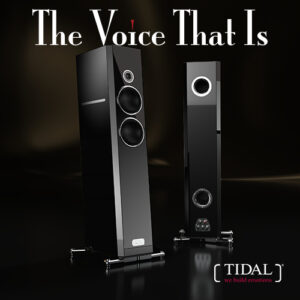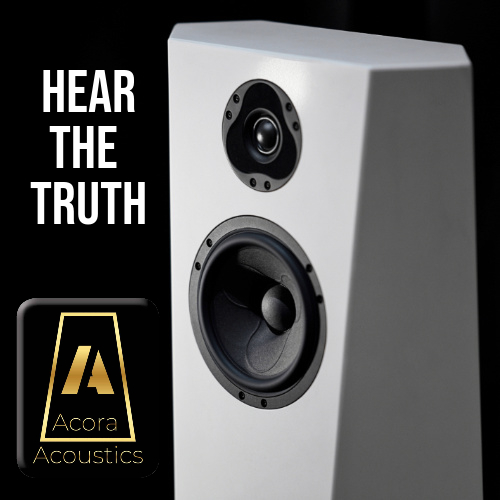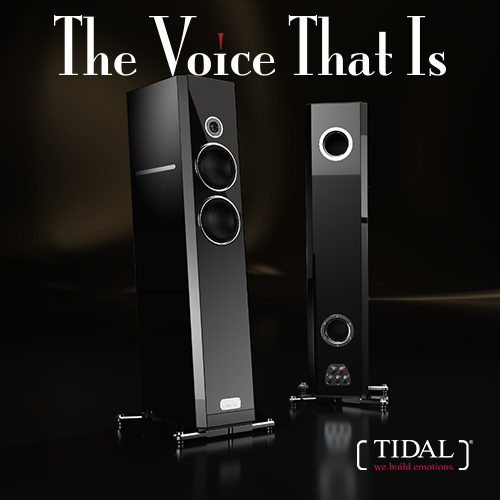“Jazz is Dead” a sign proclaims next to a picasso-esque portrait of Miles Davis deep into his horn. Duality is everywhere in Common Wave Hi-Fi, the Kissa-esque audio loft in Downtown Los Angeles run by Wes Katzir; rare Japanese jazz records line the walls, sharing space with vintage handheld game consoles, Parliament Funkadelic posters, Asian sculpture and of course hi-fi gear.

I’m visiting on the occasion of Common Wave’s official premiere as an Acora Acoustics dealer, and present are a host of talented folks, including Acora Acoustics VP of Sales and Marketing Isaac Markowitz, to present the entire Acora line up to and including the flagship VRC speaker. After a short luncheon, it’s down to brass tacks, and I strolled past several very nicely arranged setups which included the SRB and SRC speakers in Wes’ chic industrial space.
Words and Photography by Grover Neville
What is most striking about Common Wave is not the taste with which it is decorated, but the feeling of just how intentional and home-like the environment is. There’s a self-contained ecology to the space, which is not limited by mindless Minimalism. Each and every piece here has a story: the lacquered record boxes, Ukiyo-e prints and posters of Jazz legends all feel unified by more than an eclectic aesthetic sense, and more by what they say about the taste of the owner. Everything here belongs without shouting.
The total effect is one of a very nice yet comfortingly lived-in space, and the underlying organization never comes off as antiseptic. Plunking down in any of the plush Danish Modern sofas or lounge chairs I’m treated to the effortlessly clean sound Acora Acoustics is well known for, combined with systems of various price points and one unifying trait: they are all easy to use and sound not only excellent but expensive.

In the main room with the Acora VRC speakers and new flagship gear from Simaudio’s Moon line, the sound was quick, explosively dynamic and even in a way I don’t often hear from a living-room style space. Sure there’s treatment here, but the furniture and overall environ is much closer to a typical living room than a totally customized studio space. The VRC speakers perform splendidly here.

The nearly mirror-polished granite cabinets of the Acora play brilliant tricks in the concrete playground of Common Wave’s art-loft. Minimalist electronic designs Nagra as well as Leben and the aforementioned Simaudio electronics pair for that enviable combination of sleek and stark that defines so much of what is desirable about modern East-Asian interpretations of mid-century modern.
Sound is neither cold nor overly warm, but instead simply human and lively. On the Acora speakers horns snap and bite in that intricate rhythmic dance we call swing, but feel as something unnameable that combines structure with the unbridled desire to dance. When the sound is this good, it’s hard not to want to share the music — another thing I think sets apart Common Wave from other dealers where the experience is focused solely on the individual’s pursuit. Like the Kissa spaces that have clearly inspired it, thoughtful communal experiences
are alive and well here.
 Wes Katzir, Common Wave HiFi – Los Angeles, CA (pictured)
Wes Katzir, Common Wave HiFi – Los Angeles, CA (pictured)
In some ways this mirrors the trajectory of Jazz — from the dancehall swing of the 1920s to the more cryptic, cerebral bebop of the ’60s. Jazz has always been an art form seeking to make sense of American life. What then does America reckoning with itself look like when exported to Japan and back? Like playing telephone with Google Translate, you run the risk of the message getting garbled.
And yet Common Wave does not bow to the grey square modular sofas or sad beige of modern Minimalism. The cultural rapport between the United States and Japan that exists in say, the conversation around Spaghetti Westerns, Kurosawa and Tarantino is not a case of garbled translation, but respect and enhancement. Like a great improv it says: “yes and…”

In this case, the Japanese and foreign perspective enhances and asks us to listen afresh to the familiar tones of Miles Davis and John Coltrane. These Jazz giants have moved from trailblazers to members of the canon, and in so doing, lost some novelty. The Japanese pursuit of structure and patterns shows us in some ways what the true meaning and core of the message is.
Jazz is dead because it must die for the next thing to come along. Miles Davis killed Jazz with In A Quiet Way, Bitches Brew and Agharta, by abandoning what had been done and moving to new horizons, expanding and stretching the meaning of the genre beyond its limits. This same diversity and color is vibrantly on display in Common Wave’s unpretentious but precisely curated living-room-esque listening spaces. What’s here feels real because it charts its position in time by referencing the canon. It is not just for the connoisseur of hi-fi but those who live and care about music.

Besides giving you a realistic taste of what a high-end living space can be both sonically and visually, Common Wave has an excellent selection of ‘real’ music and records – as opposed of course to fake music. You won’t find a plain musical choice here, from rare cuts of Yoko Kanno and The Seatbelts to import copies of live recordings by Bebop titans from Tokyo venues, the message is more than clear. Jazz is dead, Jazz is alive. It was the best of times, and the worst of times. But most of all the music — whatever you choose to call it — is living, breathing, and in the flesh at Common Wave.
www.acoraacoustics.com
www.commonwave.net
About the Author
Wanderer, Wonderer, Musician, Actor
Grover Neville resides in sunny Los Angeles, California, and is a graduate of the Oberlin Conservatory of Music where he studied music and creative writing. After graduating he pursued a freelance career in audio, and professional research in the fields of Auditory Cognition, Psychoacoustics, and Experimental Hydrophone Design. He is a native of Chicago, Illinois and previously did work there as a mixing and mastering engineer, working in music genres such as Avant-garde Classical and Jazz.
As a transplant to Los Angeles, Grover still works in the music industry, but now adds the video game and film industries to his calling. He is actively pursuing a career as an independent musician, composer, and producer.
Grover previously contributed to Innerfidelity, Audiostream, and Part-Time Audiophile—before becoming an editor and co-founder of INDULGR magazine.










